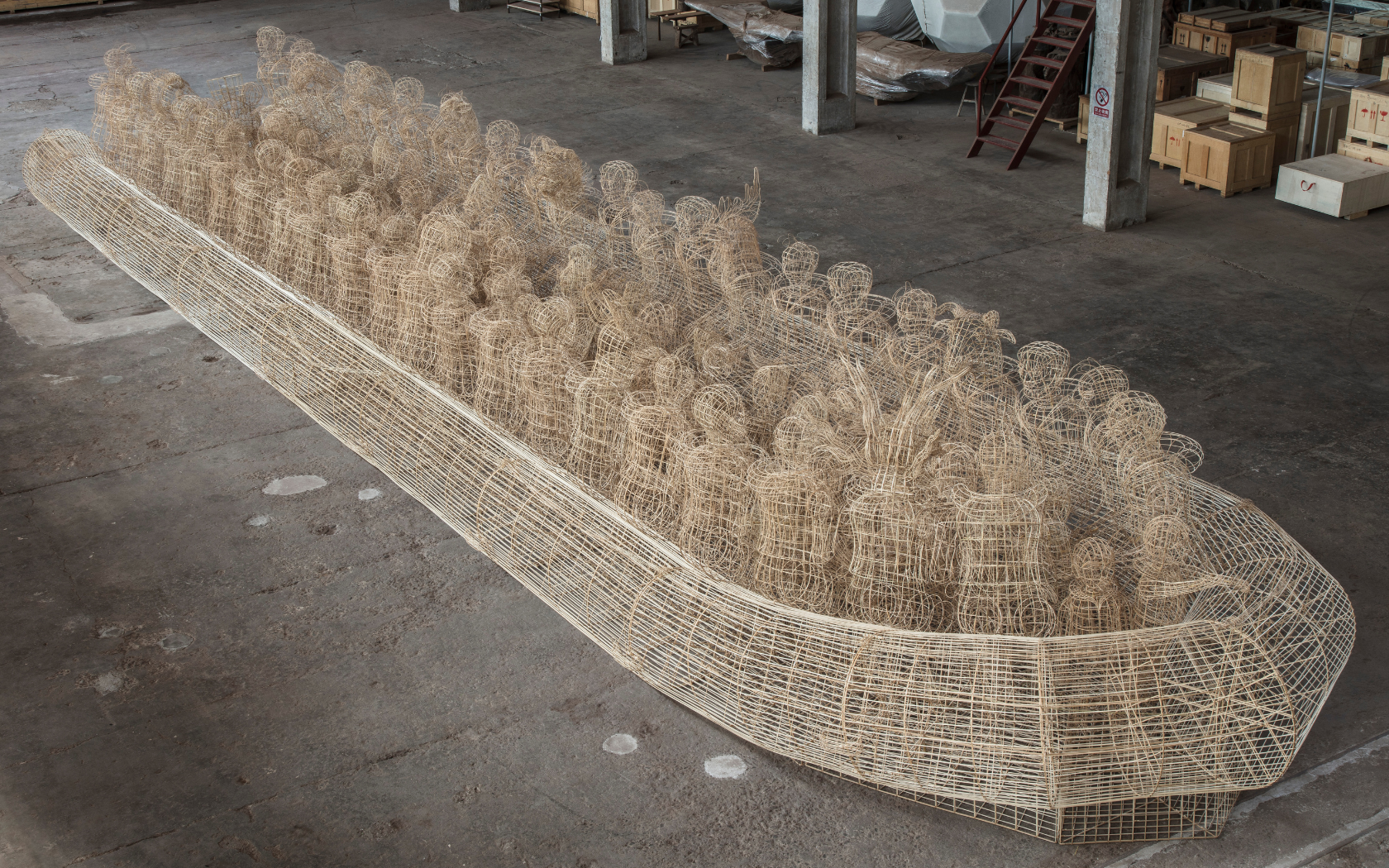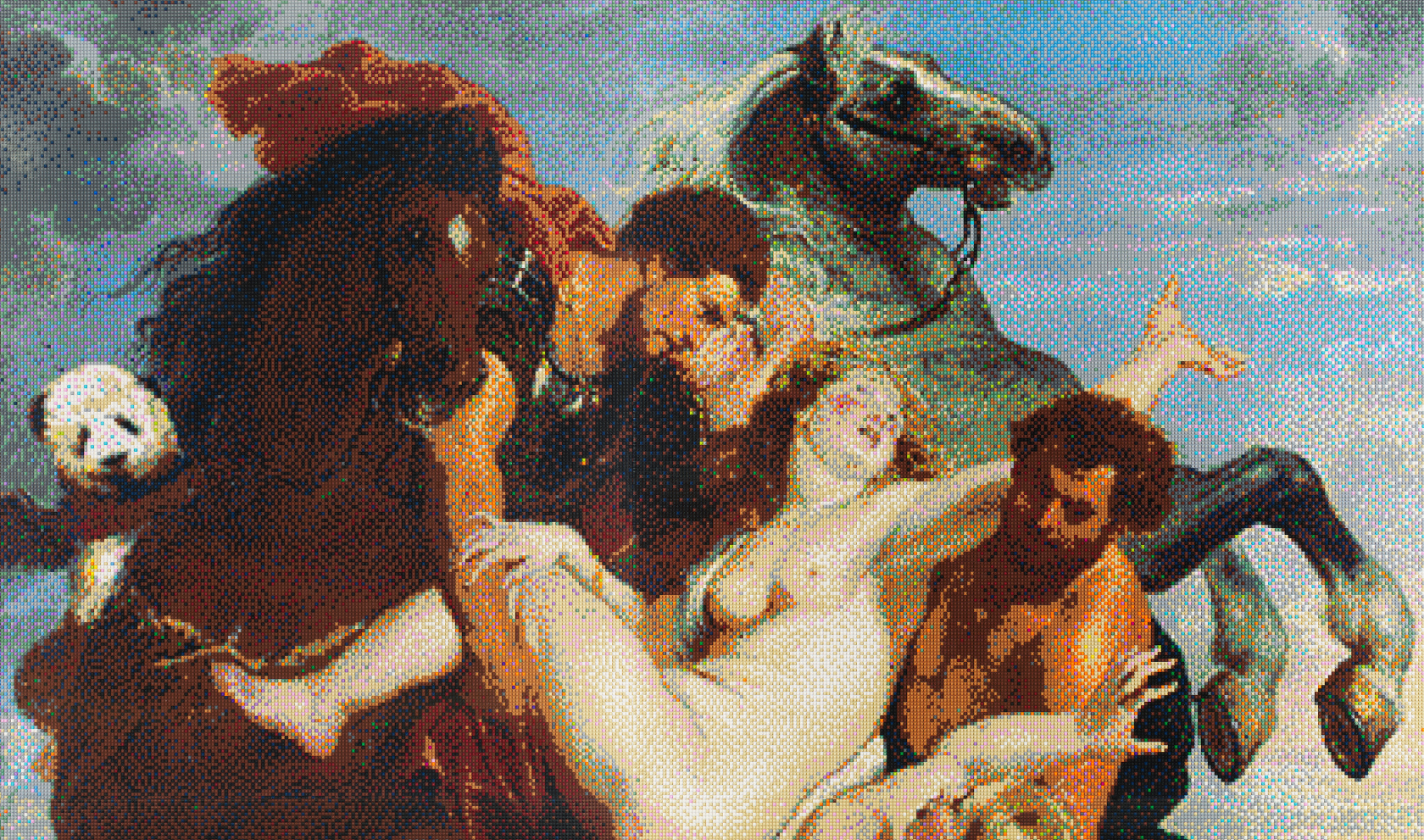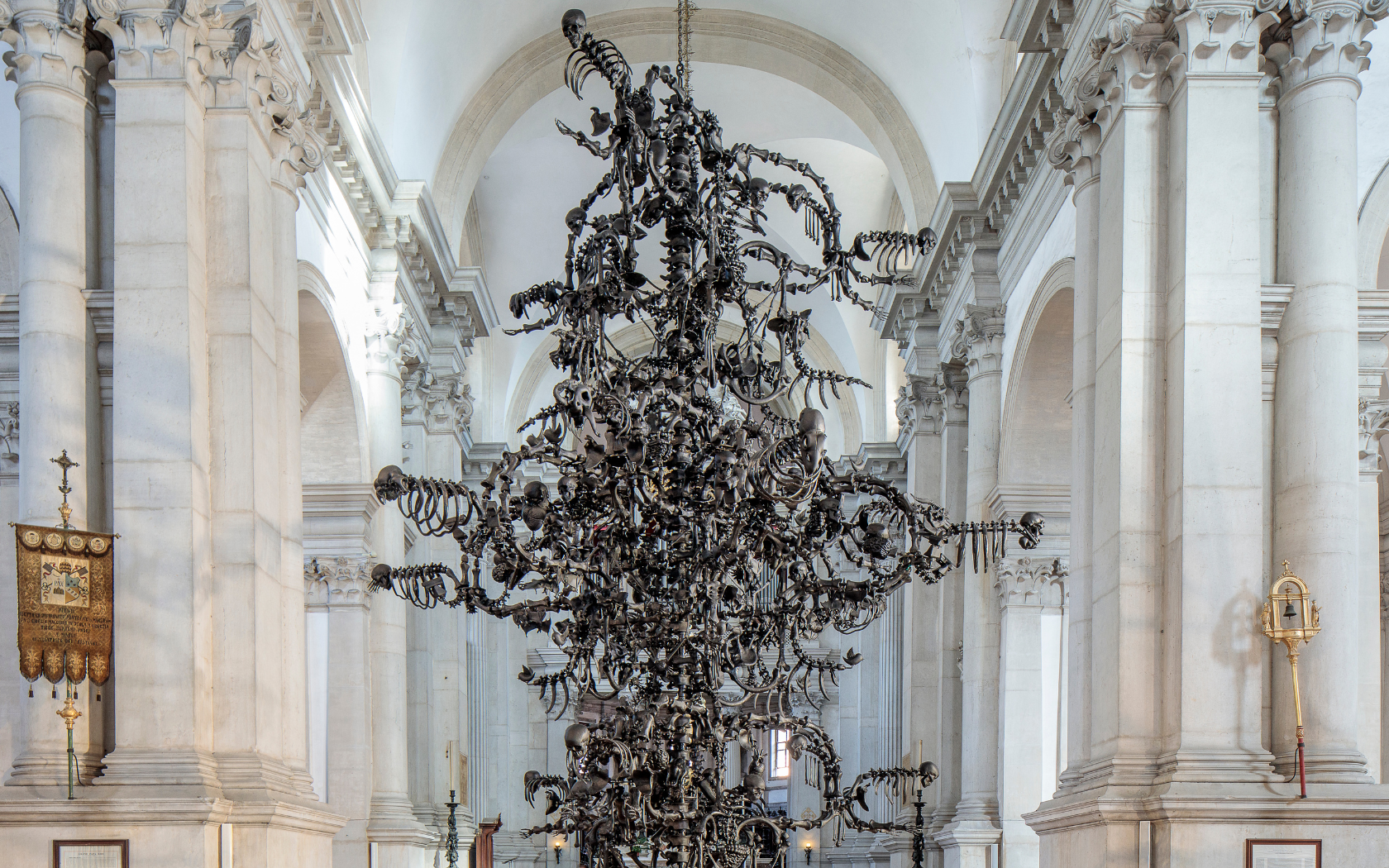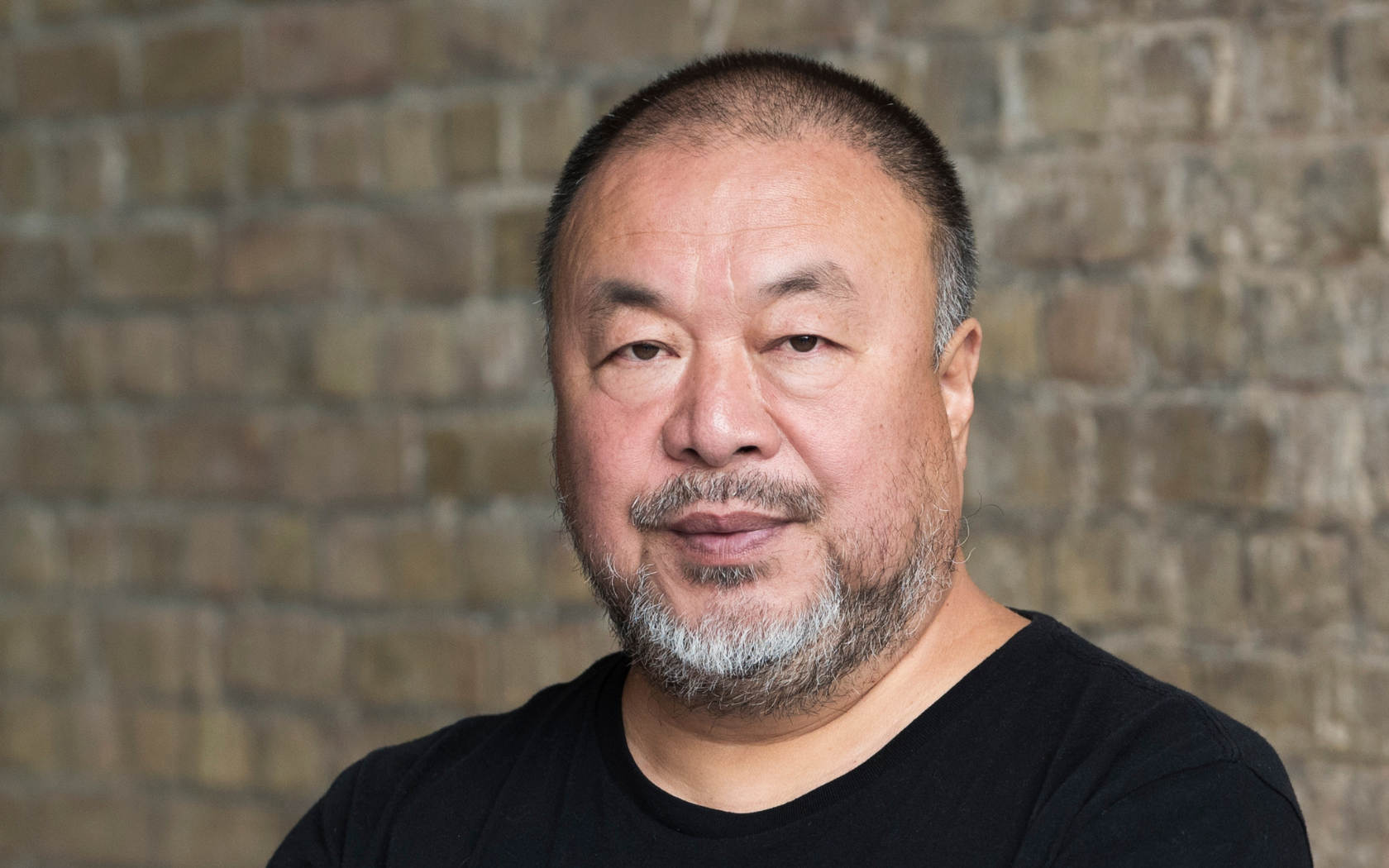Ai Weiwei. Don Quixote’ will be on view from 9 November at the Museo de Arte Contemporáneo de Castilla y León with large-scale installations, works made with LEGO blocks and films created over the last two decades.
Ai Weiwei is one of the most controversial artists and activists on the international scene. His works have caused controversy on several occasions for the way in which he denounces social and political issues. Although he has been exhibited nationally in several museums and public institutions, this is the first time that such an exhaustive exhibition has been dedicated to him here. Ai Weiwei. Don Quixote will open on 9 November at the Museo de Arte Contemporáneo de Castilla y León. It includes works made with LEGO blocks and films created by the artist over the last two decades.

Ai Weiwei. Life Cycle, 2008. Bamboo, sisal rope and silk. 17.8 x 4.53 x 2.6 m . Courtesy of Ai Weiwei Studio.
The exhibition will cover 1,700 square metres and feature 44 works, many of them monumental, as well as a series of paintings made from toy building bricks. ‘LEGO, like ancient mosaics, textile and carpet designs, or wooden movable type printing from the Song Dynasty (c. 1000 AD), embodies a sense of timelessness,’ explains the artist himself. It also includes 10 films summarising Ai Weiwei’s work in film and video art, from the documentary ‘Human Tide’ (2017) to the 150-hour-long video ‘Beijing 2003’ (2003).
Although the exhibition is not conceived as a retrospective, it addresses central themes in Ai Weiwei’s work, such as freedom of expression, migration crises and the defence of human rights.

Ai Weiwei. The Rape of the Daughters of Leucippus, 2023. Building blocks (LEGO). 342 x 380 cm. Courtesy of Ai Weiwei Studio.
The importance of LEGO blocks and monumentality
The artist has been working with LEGO building blocks since 2007, but this will be the first time they have been exhibited in depth. Nineteen of the 60 he has produced to date will be shown, demonstrating the challenge of traditional two-dimensional painting. Or in Weiwei’s words, ‘they are the perfect tool to question the political and aesthetic past of art’. He also says of these blocks that ‘they free us from the burdens of historical artistic baggage’. Some of these block works include The Third of May (2023), a previously unpublished painting produced for this exhibition, which is a version of Goya’s El tres de mayo en Madrid.

Ai Weiwei. La Commedia Umana, 2017-2021. Murano glass and metal. 640 x 840 cm. Courtesy of Ai Weiwei Studio.
The exhibition also includes monumental works such as La Commedia Umana, shown for the first time in a museum. At more than eight metres high, six metres wide and weighing 2,700 kg, it is one of the largest Murano chandeliers.
The origin of Don Quixote
The exhibition takes as its title the character of Don Quixote, and this is explained by the fact that the artist’s father had among his books an edition of Cervantes’ masterpiece. Ai Weiwei remembers that moment of his childhood through the cover of the work and its illustrations, as well as the introduction to the story that his father gave him. The pairing of Don Quixote and Sancho Panza awakened his childhood imagination and revealed to him that a whole world of fantasy was conceivable, beyond the Maoist doctrine that prevailed in his country.

Portrait of Ai Weiwei. Courtesy of Ai Weiwei Studio.
Ai Weiwei. Don Quixote will be on view until 18 May 2025.




